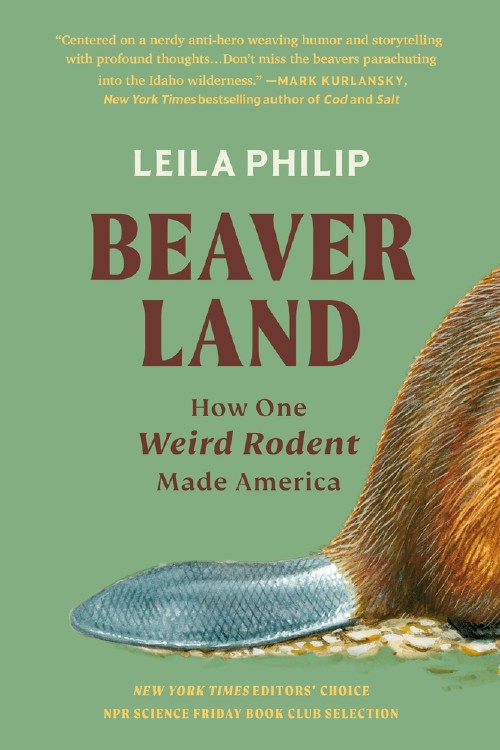A simple reading of A Disability History of America might lead one to think the question driving Nielsen’s research is “How have people with disabilities been treated in America’s history?” This reading rings true in the book because it’s the question the author started with. But due to personal circumstances in the author’s life (outlined in the foreward) and as a result of the research, two much more complex questions emerge at the heart of the book: What does it mean for a person to be abled? And how do the many facets of culture at a given point in history constrain the possible answers to the first question?
The book starts with what we know of the indigenous cultures of North America. From there, the author takes us on a journey through the evolution of our ideas about disability throughout American history. The book is a fast read, the author states it is her goal for the book to be the start of further investigations and not a singular canonical reference. Nielsen also mostly chooses to be descriptive about what changed rather than seeking to understand deeper context driving the changes, unless the changes were driven by disabled activists.
As a history book, this choice is fine, but I’m not sure I would have minded a stronger analysis from Nielsen. The simplistic question mentioned above is served by linear historical research but the deeper and more complex questions – which are present in the language and framing of chapters – are mostly left unexamined.
The overview of indigenous cultures at the beginning of A Disability History presents their cultures as having an extremely integrated approach to ability. The people in these cultures, as Nielsen relays, were not focused on defining people by their lack of abilities, instead they recognized that a community requires many people of many abilities and everyone can find a way to help. After this opening history that is rather inviting, Nielsen tells a history of privilege, discrimination, and sometimes terrible beliefs that have required (and may yet require) hundreds of years to unravel. The difference betwen indigenous conceptions and white, protestant conceptions are stark, but the questions of why they are different are not addressed. Even if the causes of these vastly different perspectives of disability are far too complex to truly explore, I would not have felt Nielsen at all out of place to try and provide some larger context. This would have given readers the value not just of knowing what changes have occurred in the past few centuries, but also much richer ways of thinking about the complex questions that this topic raises.
Ultimately A Disability History of the United States traces a history that we have much more to learn from than the book speaks to. As Nielsen traces the changes from era to era, she is mostly interested in the groups who instigated the positive changes; groups who fought in many different ways for their rights in their country. These stories are incredibly important, but the telling leaves open many questions.



